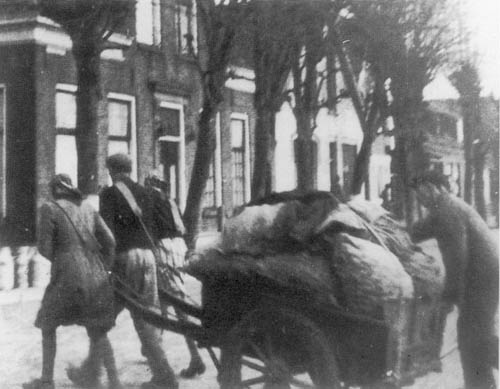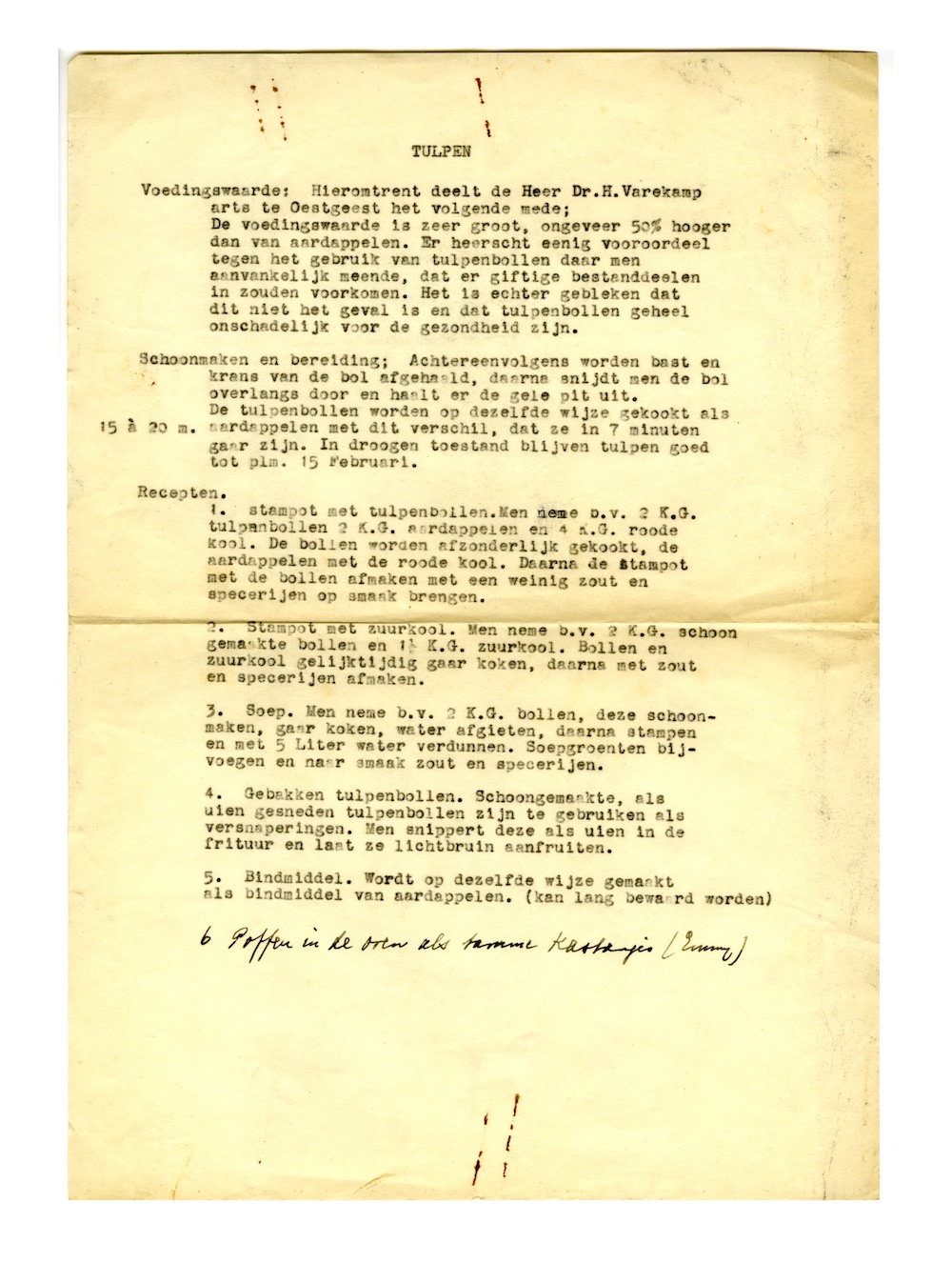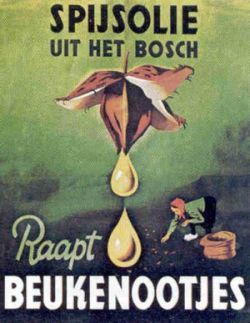Hunger treks
In Dutch ‘trek’ means having appetite, in English it’s a long arduous journey, a migratory route. A ‘hunger trek’ (a literal english translation of the Dutch ‘hongertocht’) is a journey driven by hunger.
Nearing the end of the second world war, winter 1944-45, the north-west of the Holland was occuppied by German forces. Women, adolescents and elderly men (as men between 18-50 could taken captive by the German troops) were forced to look for food and set of on hunger treks on bicycle or by foot to scavange, buy or beg food from farmers out of the city — sometimes even as far as other Dutch provinces such as Friesland or Groningen. (The reputation of farmers dwindled immensely as some farmers were known to exploit their power over food supply and charge considerable sums for staple foods such as potato, rye and grain.) Other hunger-trekkers searched for minority sustenances in the nearby woods and parklands such as beechnuts, stinging nettle, sugarbeet, even urban game (swans, geese and ducks) from city parks. The most notorious and clichéd memory is citizens having to eat tulip bulbs (see: Urbanibalism in Times of War‘)
While searching the archives in the Amsterdam Resistance museum (Amsterdam Verzetsmuseum) we found hand-written recipes which were distributed amongst city neighbourhoods on how to cook tulip bulbs and bitter weeds. We also came across newspaper articles about the inflated price for stinging nettle: people picked nettle in the early spring and tried selling it at 600% the price set by the government authorities.
Amsterdam eel fisherman Piet Ruyter also told us how his father used to give bream, roach and other usually unwanted white freshwater fish to those famished and in search of food (see: Scales of Surplus)
An interesting article relating to the Hunger winter is Artsen in de hongerwinter (Doctors in the hunger winter) sent to us by urban epidemiologist Pieter Bol.


